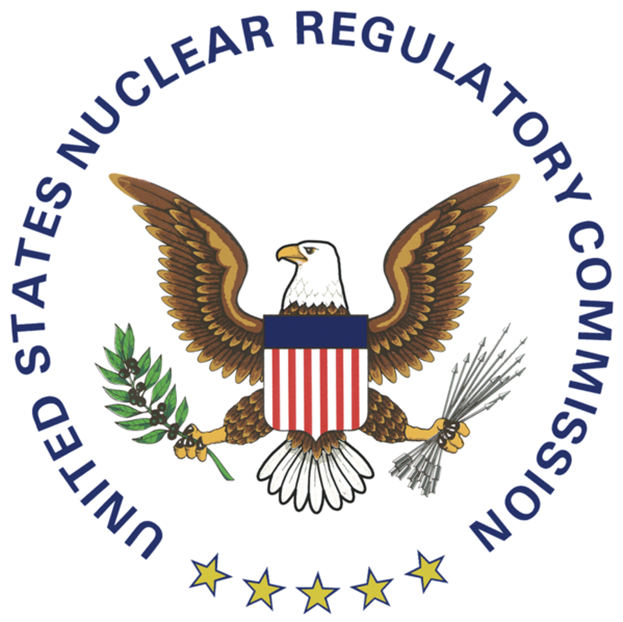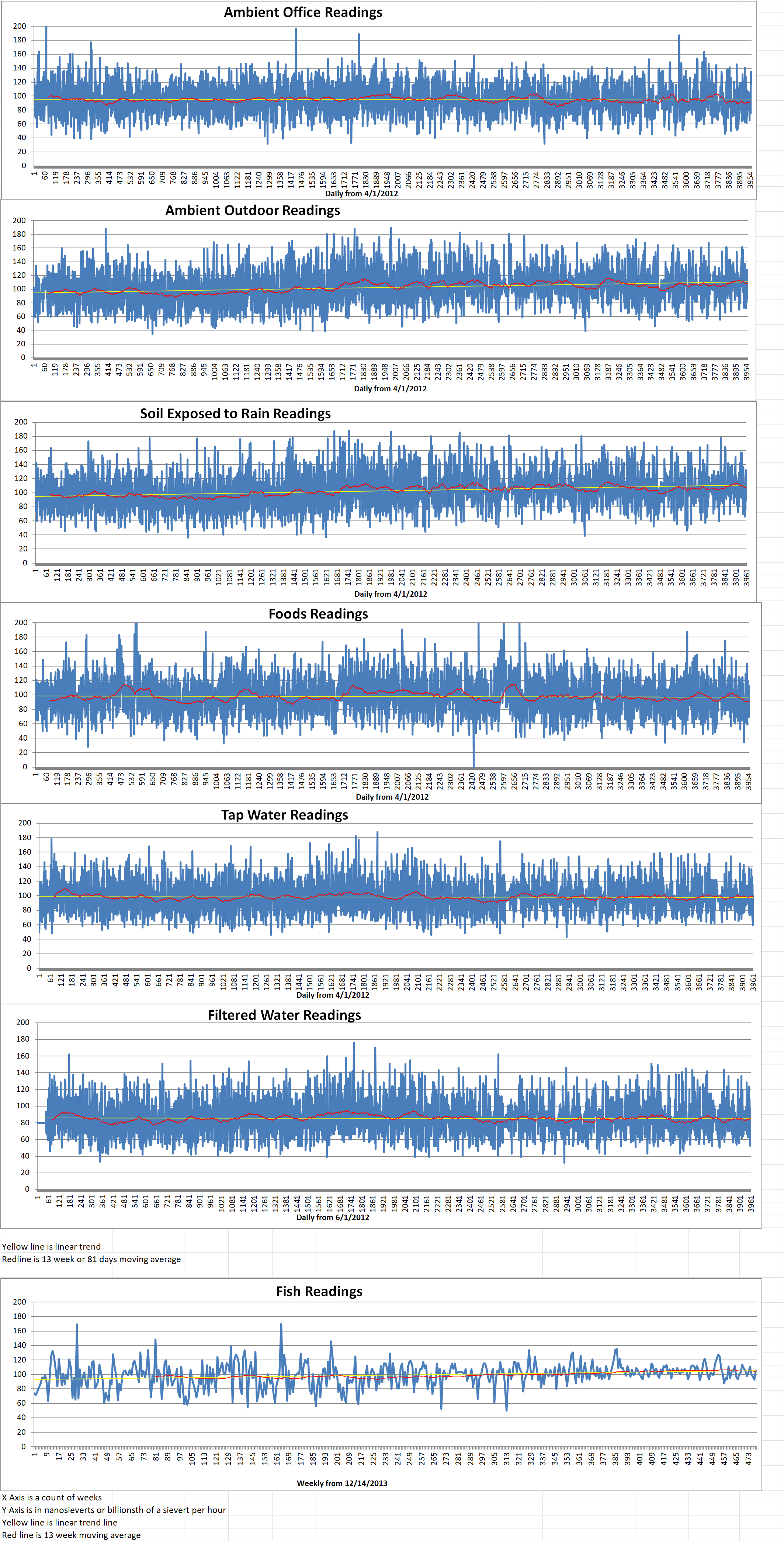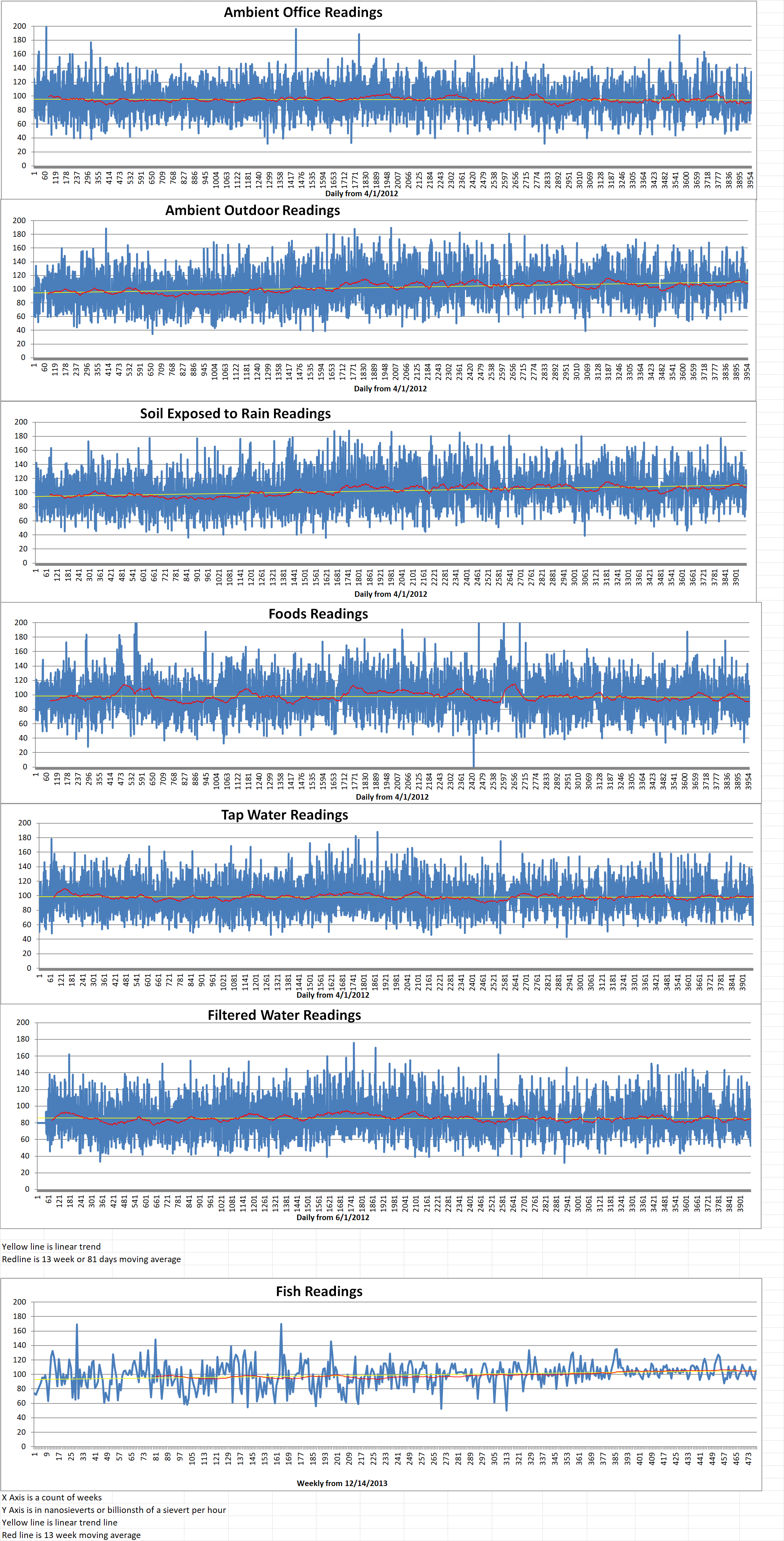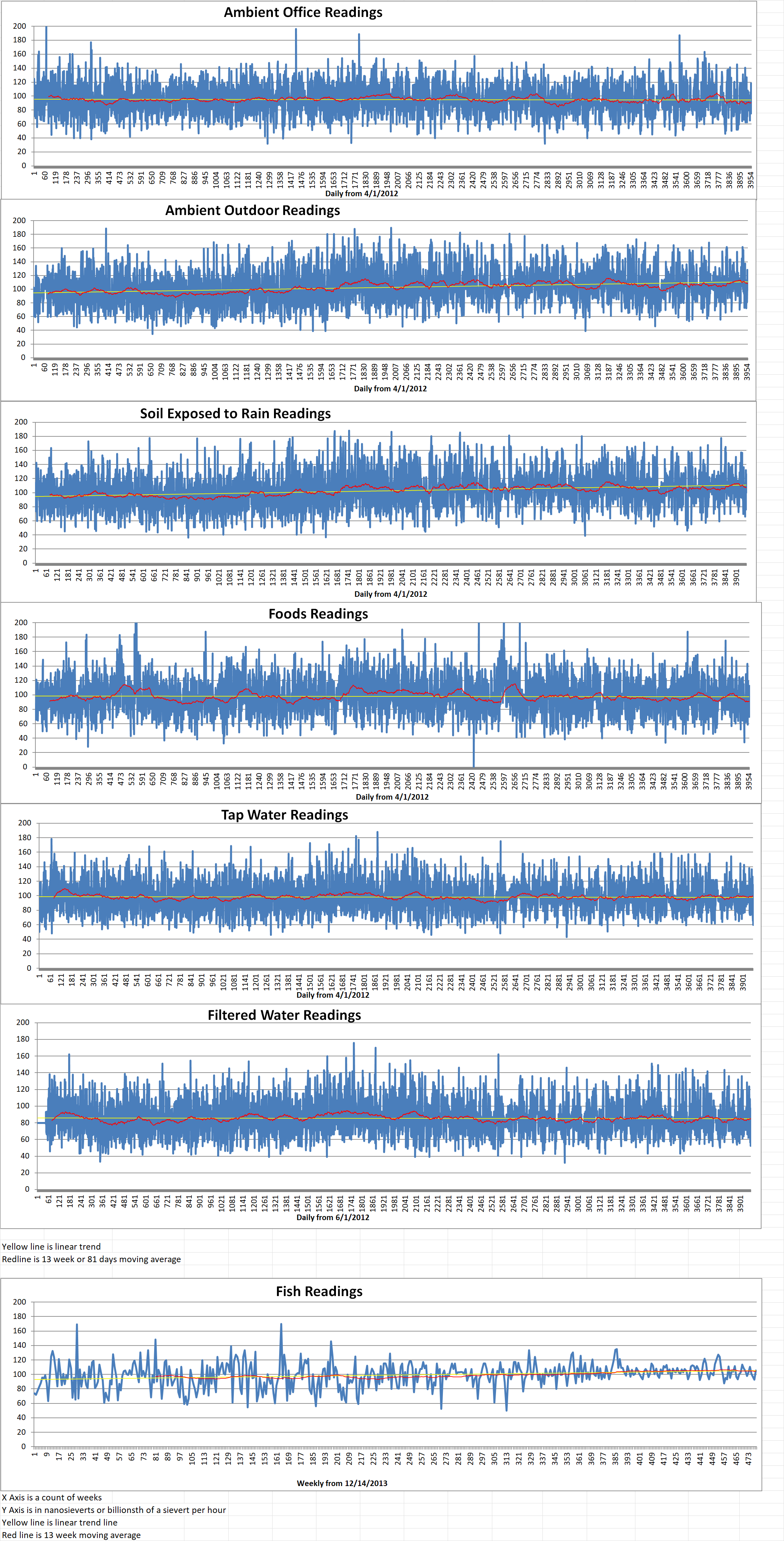Part 1 of 2 Parts
Last March, New Mexico (N.M.) lawmakers took their biggest step yet in an attempt to block plans for a nuclear waste storage facility near Carlsbad. The N.M. legislature passed Senate Bill 53. The bill seeks to block Holtec International efforts to build a facility in southeastern N.M. that would hold eight thousand six hundred metric tons of spent nuclear fuel from nuclear power plants across the U.S. N.M. has been challenging Holtec’s plans for years, both in court and before the Nuclear Regulatory Commission. However, N.M.’s best chance at stopping the project may come in the form of a new law, which went into effect when N.M. Governor Michelle Lujan Grisham signed it on March 17th.
Legal and nuclear experts anticipate that the new law will face legal challenges. Federal courts will likely determine if N.M. has the authority to prevent Holtec from constructing its Consolidated Interim Storage Facility on a one-thousand-acre site between Carlsbad and Hobbs.
Opponents of the project include the governor and state legislators, the N.M. congressional delegation, the All Pueblo Council of Governors, many local governments and an array of activists and citizens. Opponents say that transporting spent nuclear fuel through N.M. and storing it near one of the world’s most productive oil fields would jeopardize the economy, the environment, and health and safety.
Rose Gardner is a Eunice resident and member of the Alliance for Environmental Strategies. She said, “People are deserving of protection for our way of life and our health and well-being.”
The Governor sent a letter to the NRC after she signed the bill. She asked the agency “to immediately suspend any further consideration of the Holtec license application.” The Governor noted that the new law establishes two conditions that must be met before the state can issue permits, contract or licenses for a spent nuclear fuel storage facility. First, N.M. must consent to the facility. Second, the federal government must have a permanent spent nuclear fuel repository, so that an alternative storage site exists. Neither of those conditions have been met.
If no permanent nuclear waste repository exists, the Holtec site would not be “interim storage”. Instead, it would be forever storage. N.M. would become the dumping ground for all the spent nuclear fuel, say opponents.
If there is a court challenge, N.M. will need to prove that the new law is not focused on safety concerns. Nuclear safety falls under the purview of the federal government. This was established by the Atomic Energy Act (AEA). Under the AEA, the federal government retains the right to regulate safety issues for nuclear power plants and waste. The federal law preempts state statutes, which can be challenged in court if they conflict with federal authority. The fiscal impact report for the new law says, “Costly and time-consuming litigation could occur if this bill were challenged.”
Representative Matthew McQueen (D-Galisteo) is the co-sponsor of the bill. He directly addressed the preemption issue during committee hearing. He assured fellow lawmakers that the bill avoided any problems. He said, “Federal law preempts the state’s ability to regulate the safety or handling of nuclear waste. So we’re not doing that.”
Six lawyers and experts said that it was unclear whether NM’s law would be considered a preemption. Nuclear waste storage laws like N.M.’s are almost always challenged in court according to Geoffrey Fettus who is an attorney with the Natural Resources Defense Council. He said, “New Mexico took deep pains to sail the ship into the dock without hitting the sides of federal preemption.”
Please read Part 2 next







